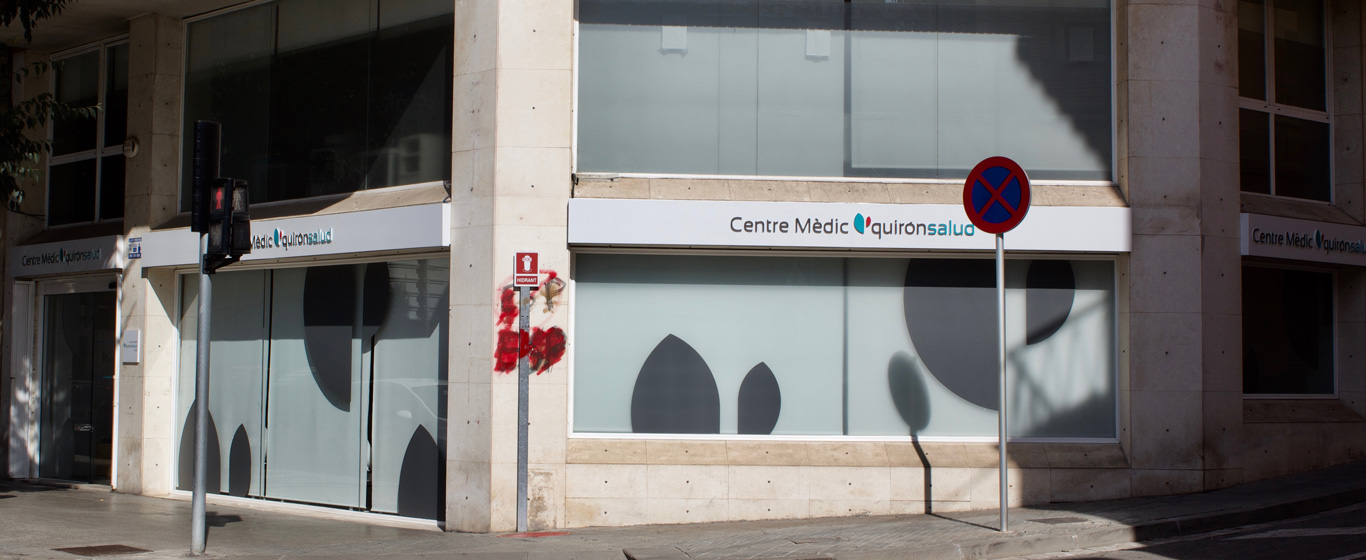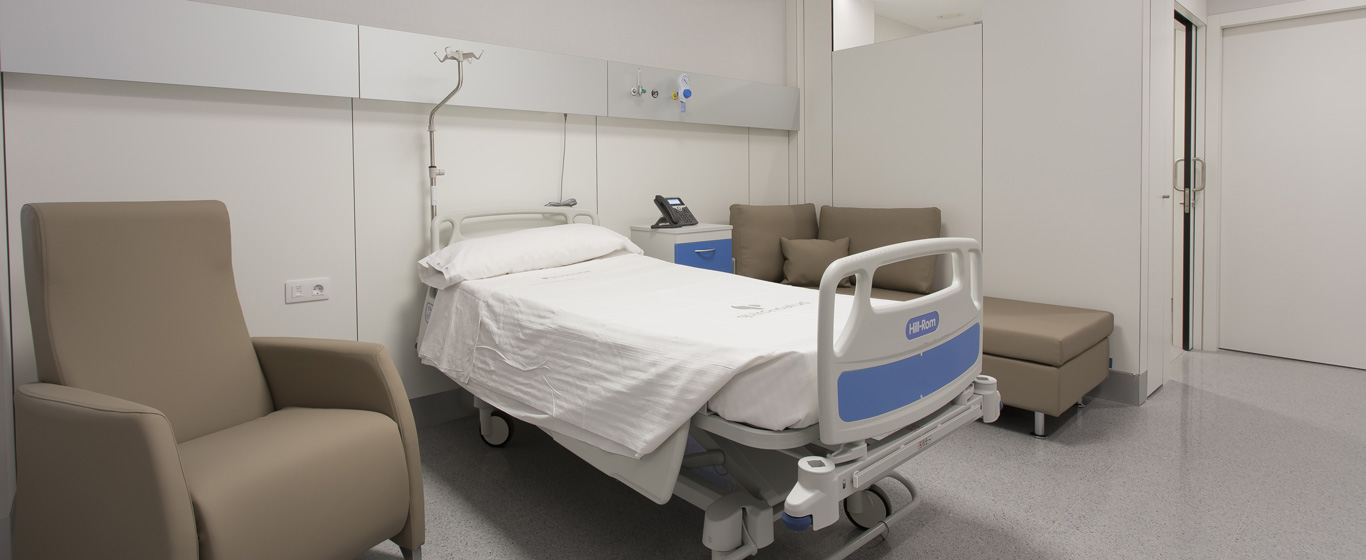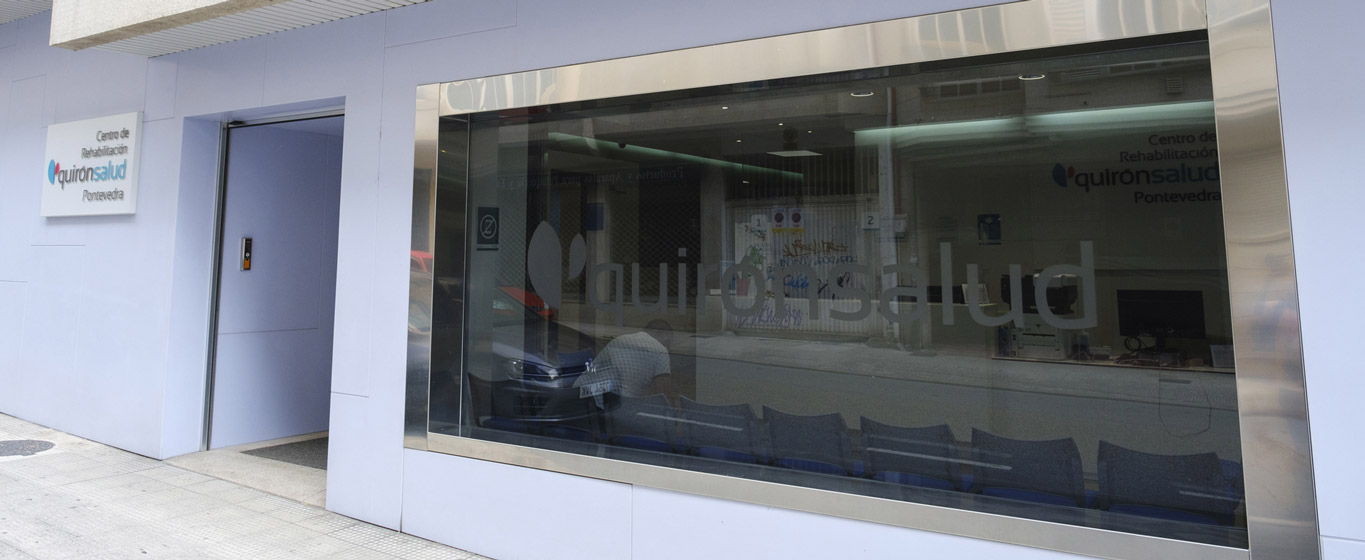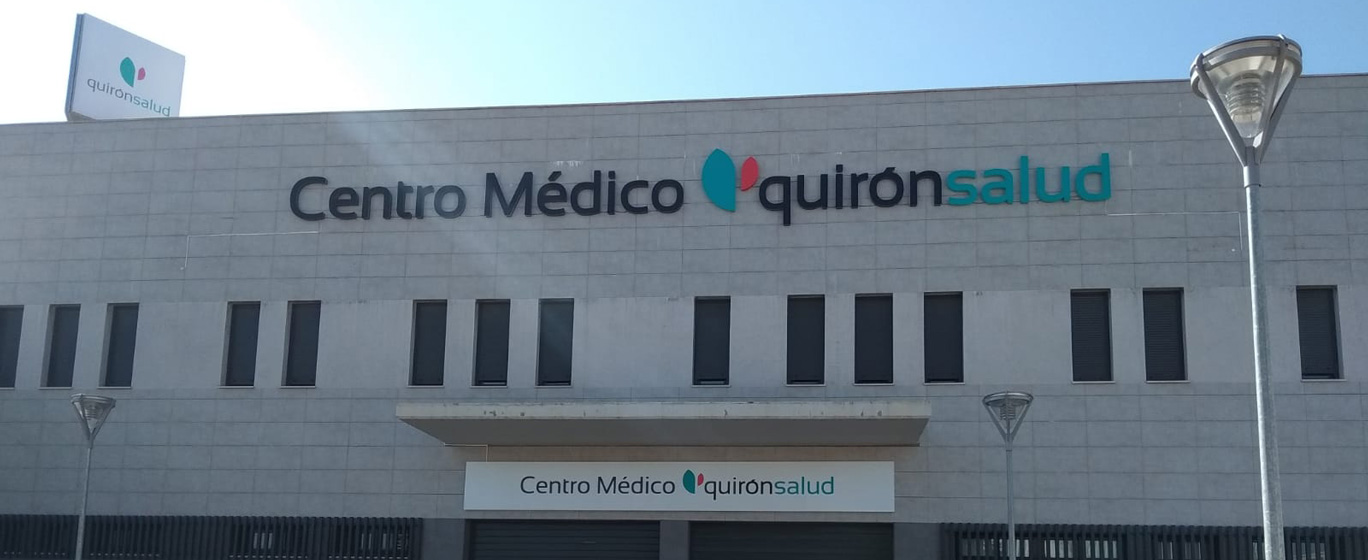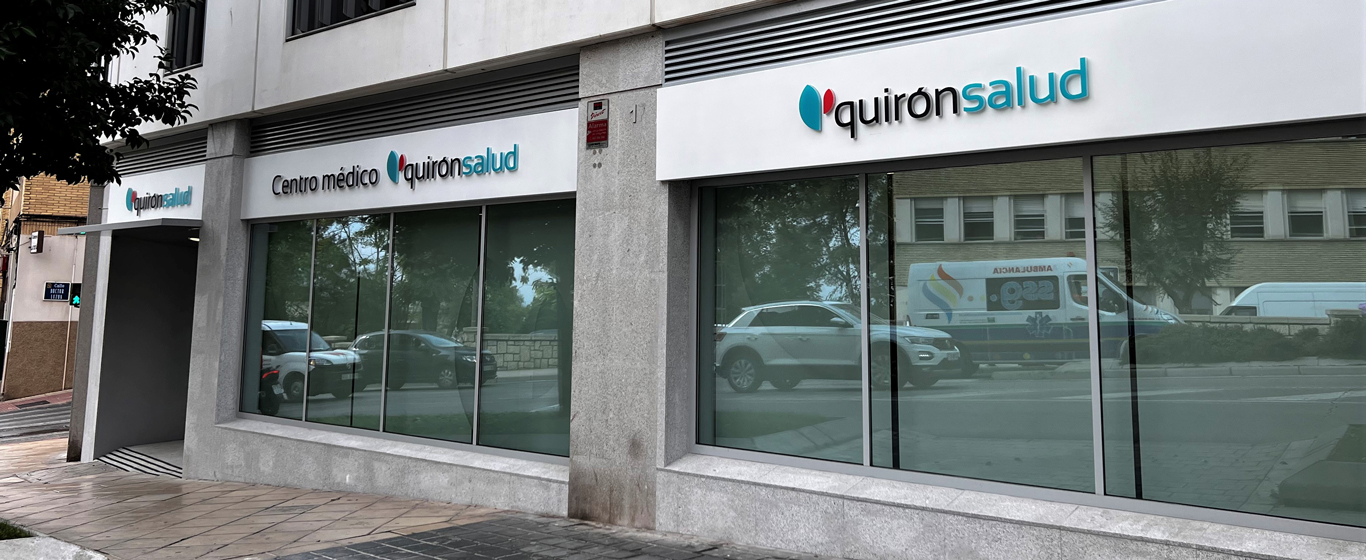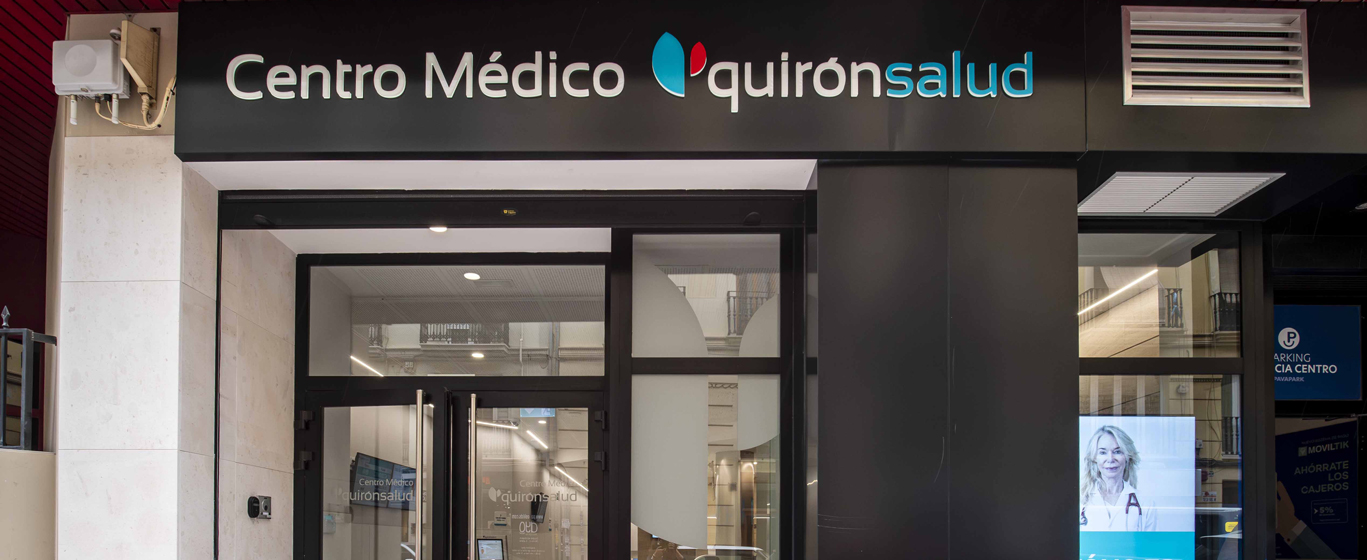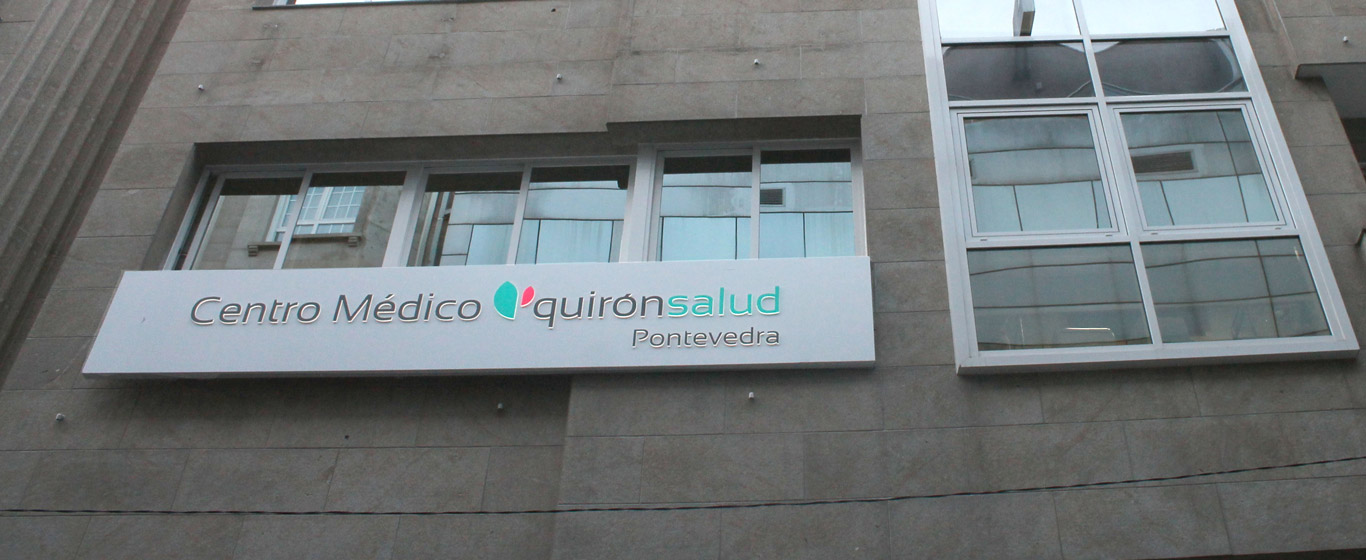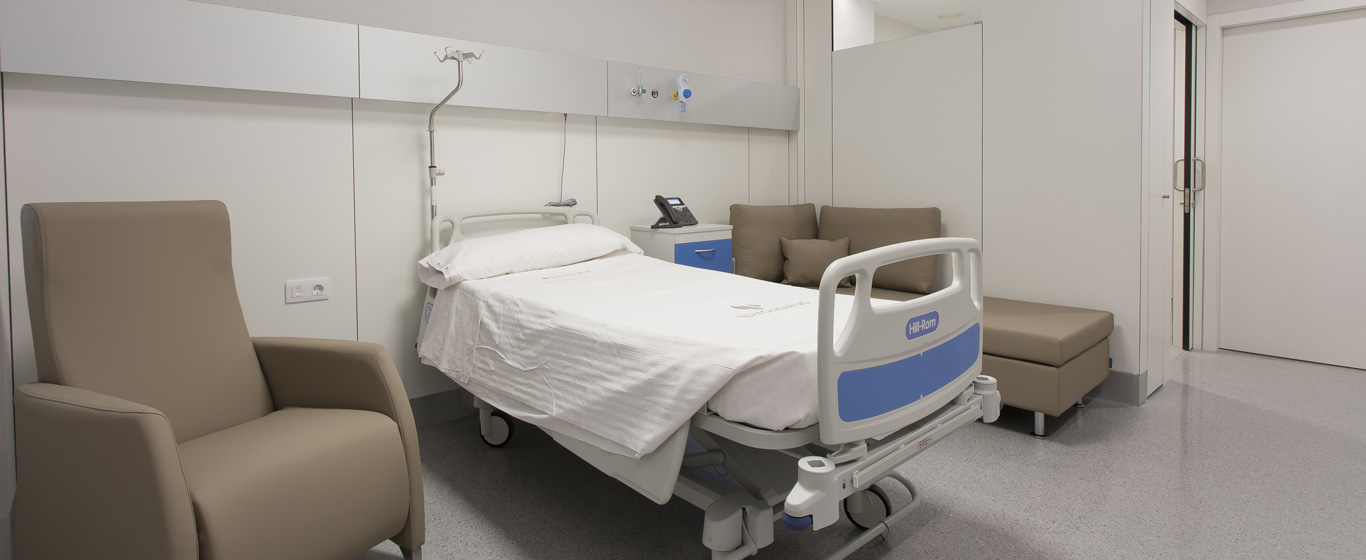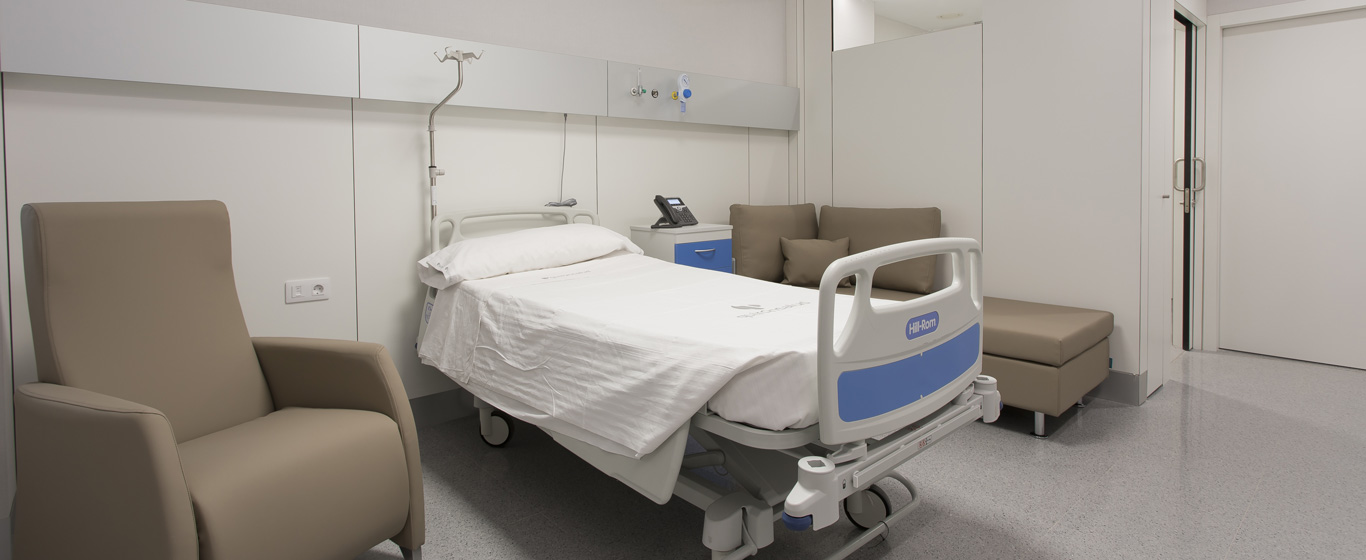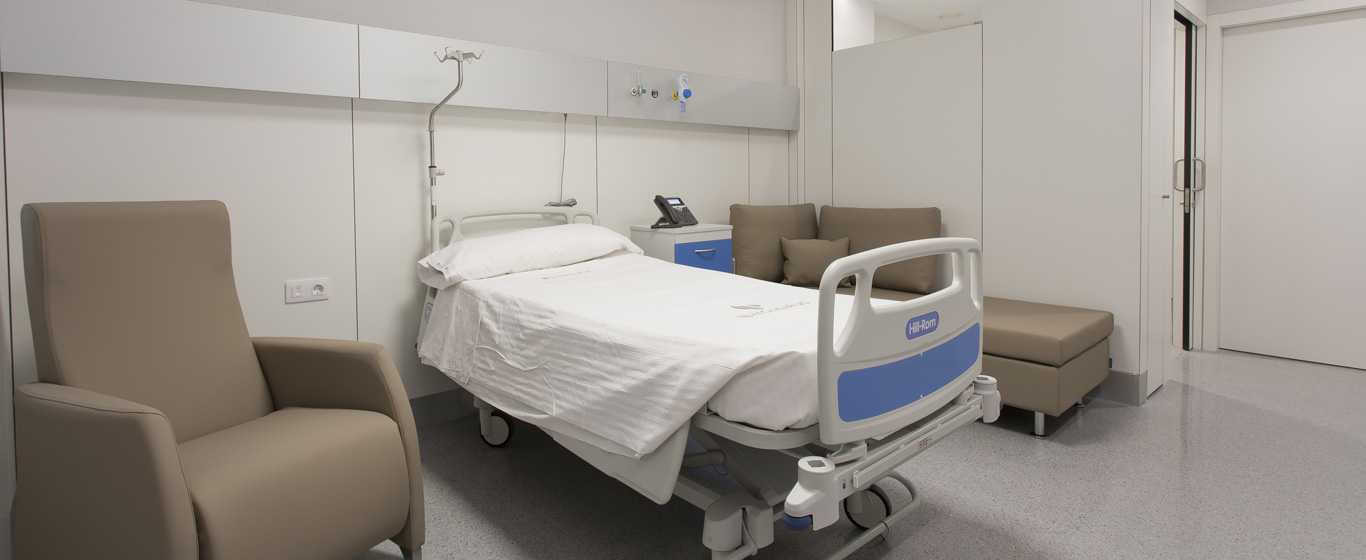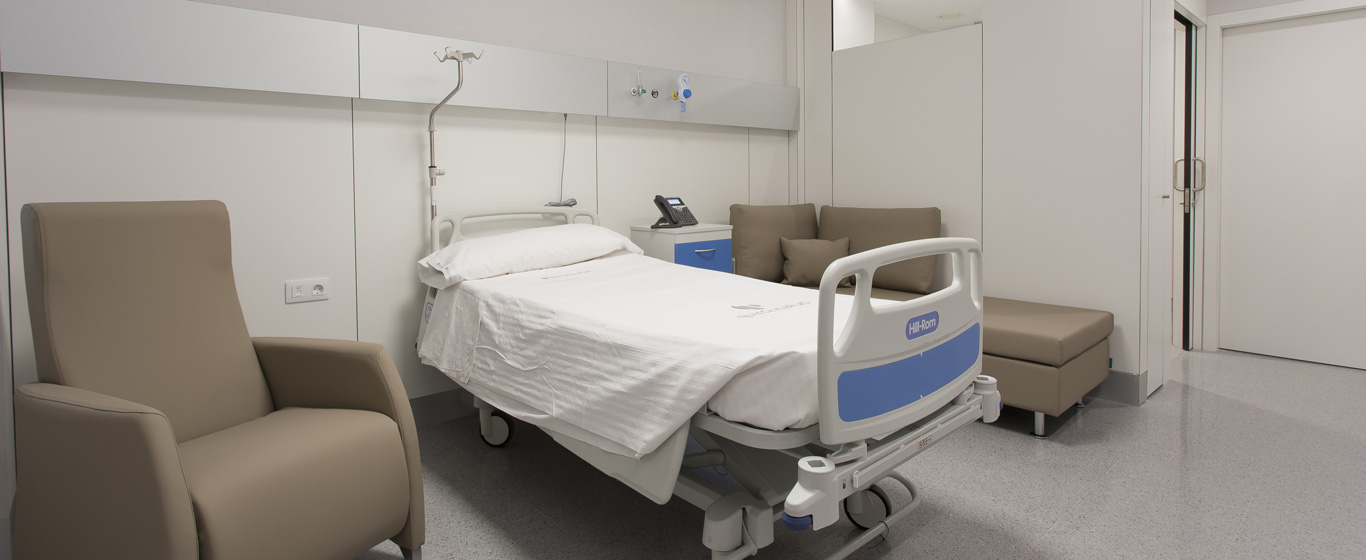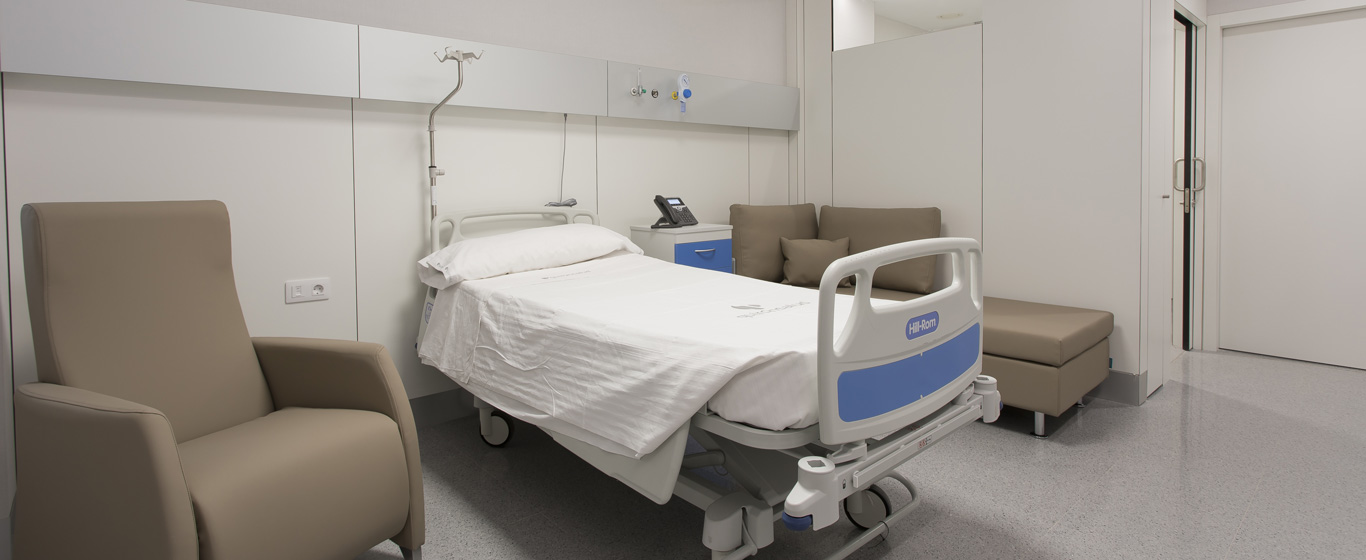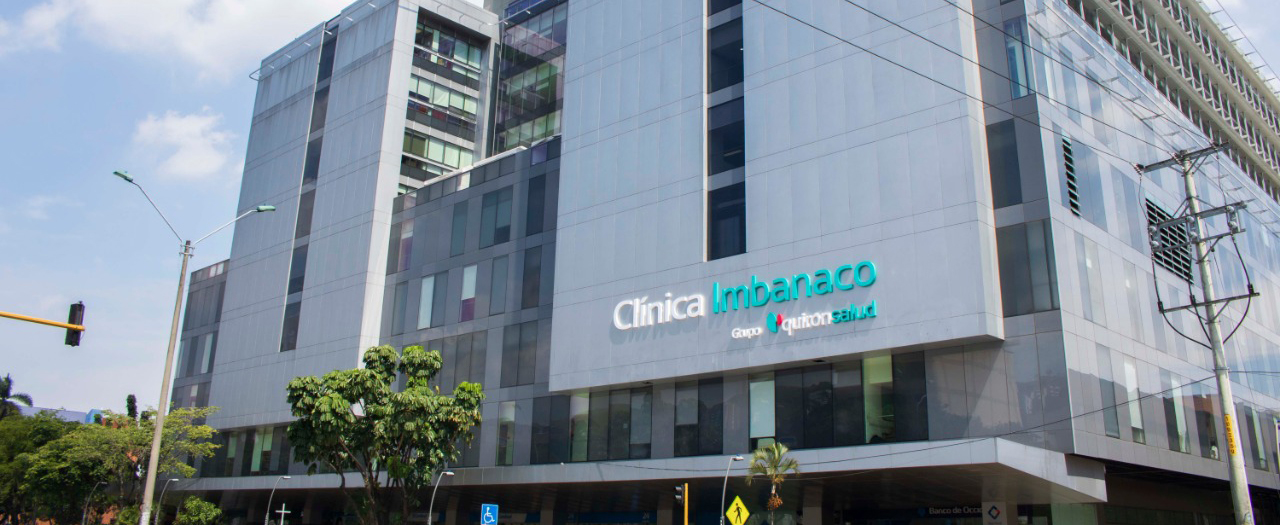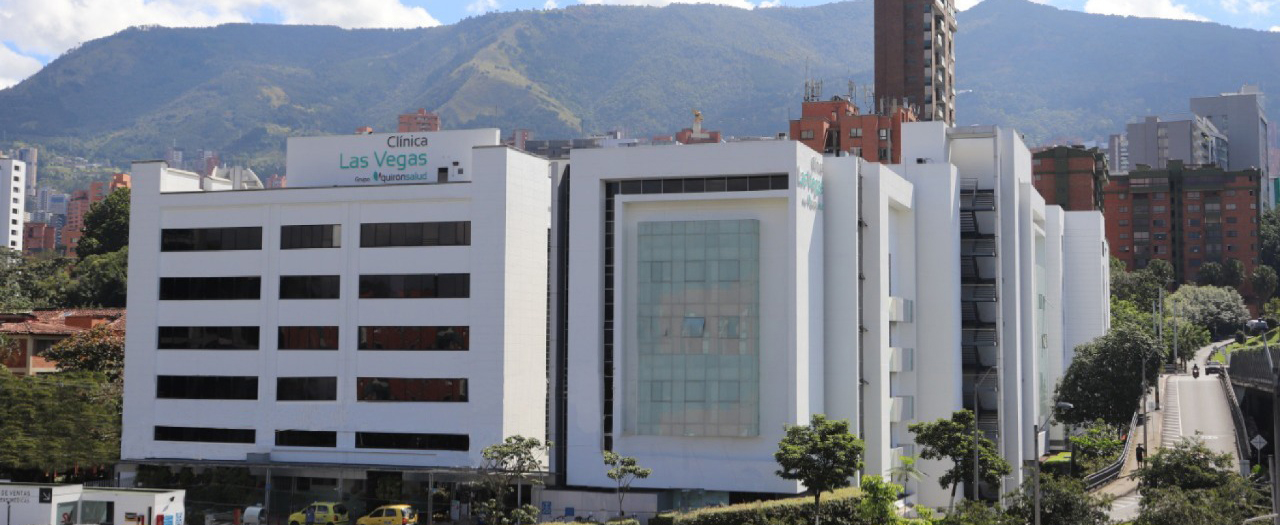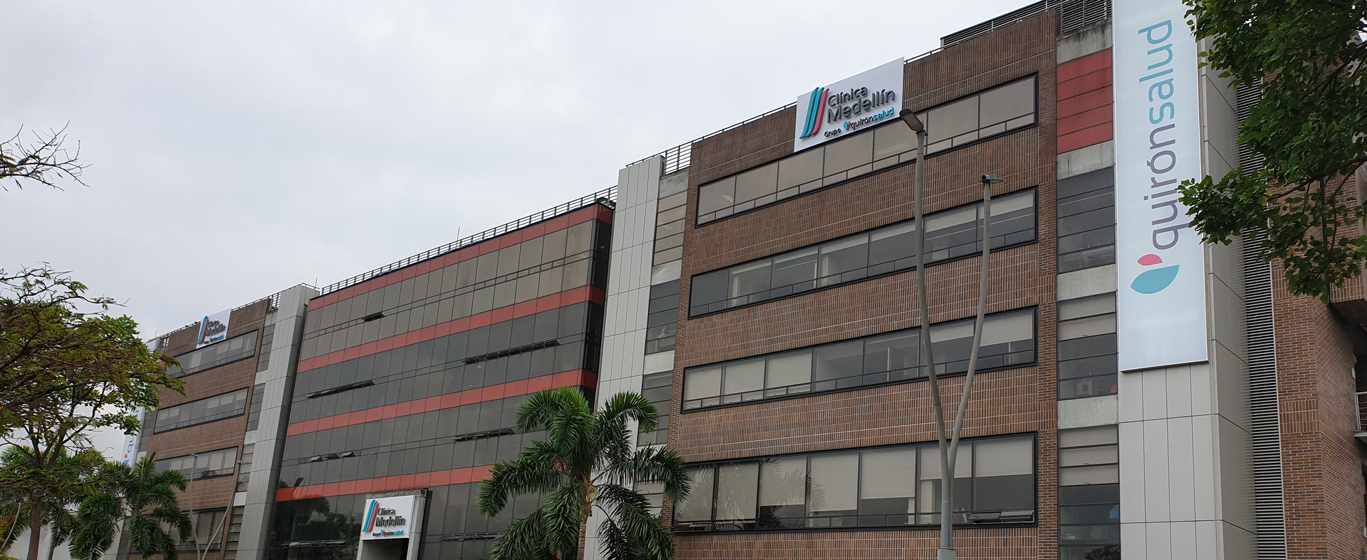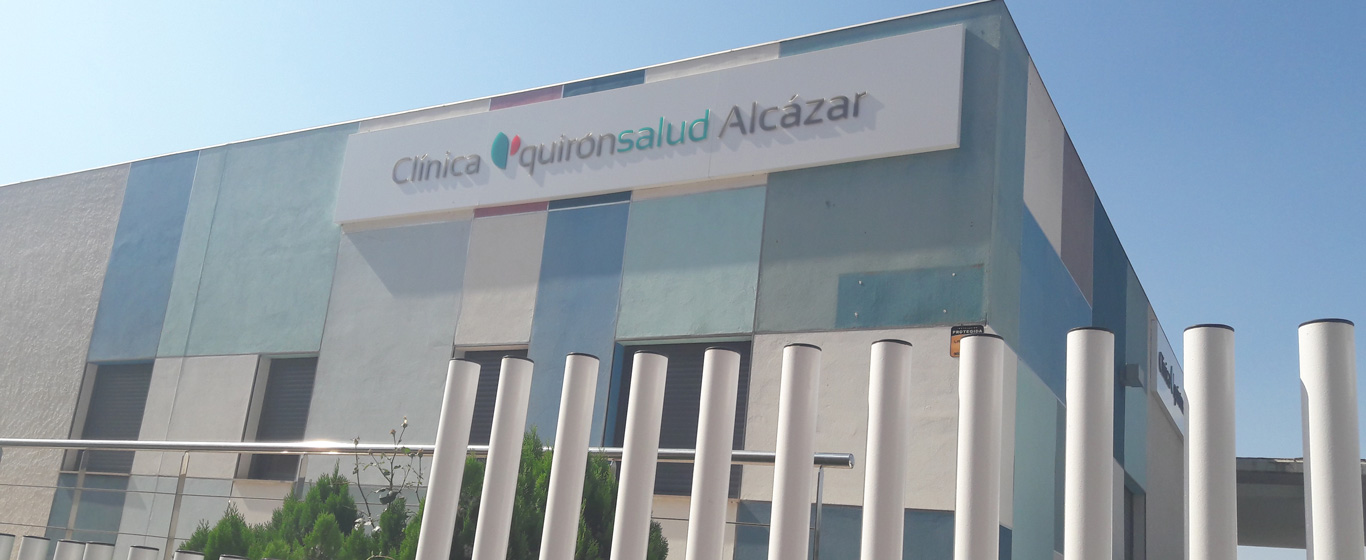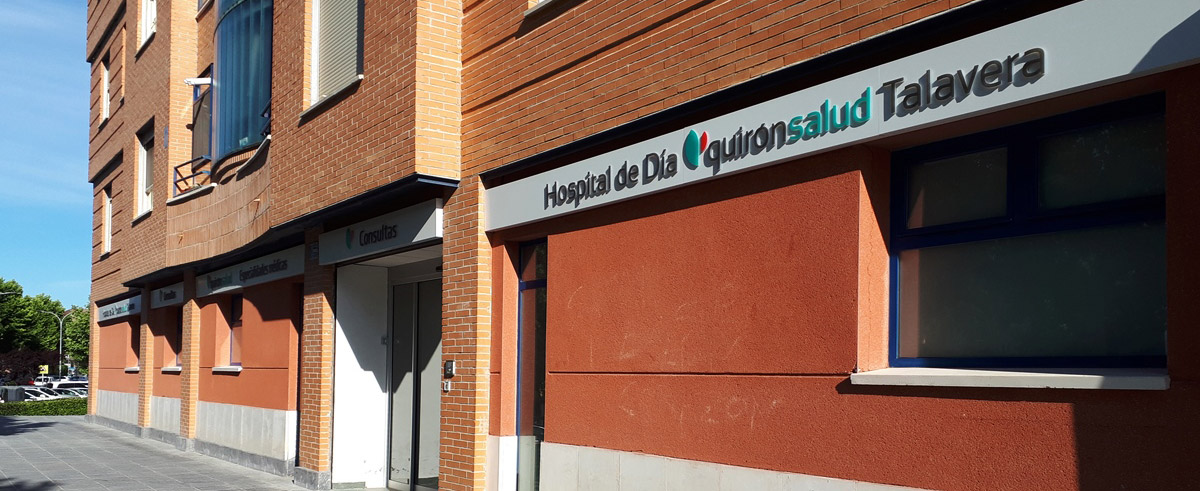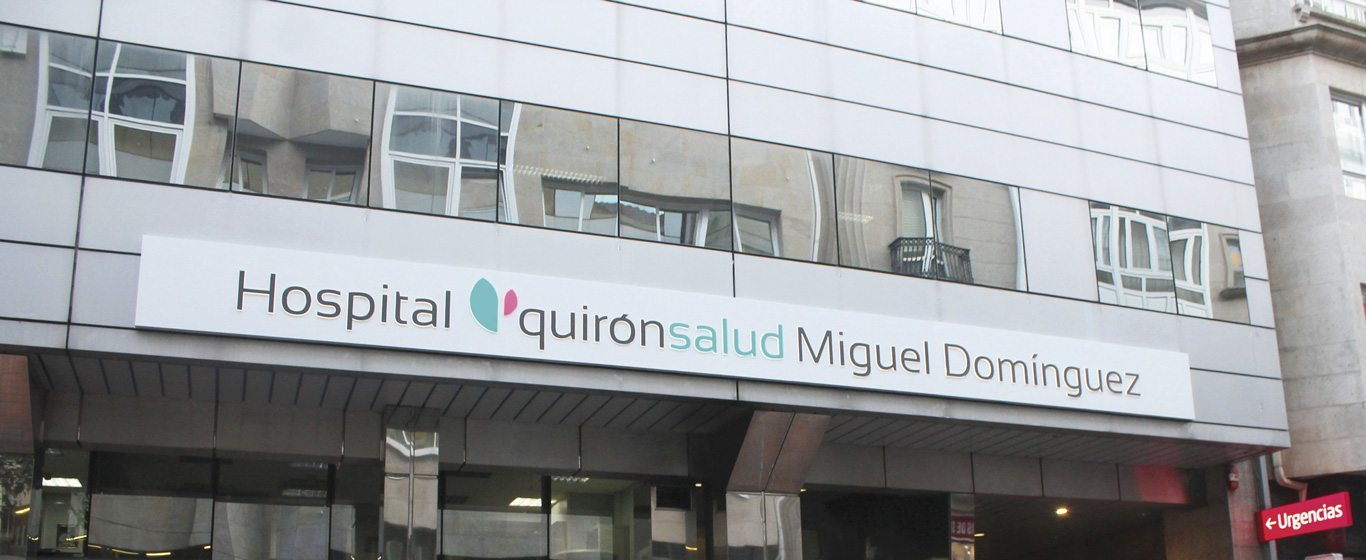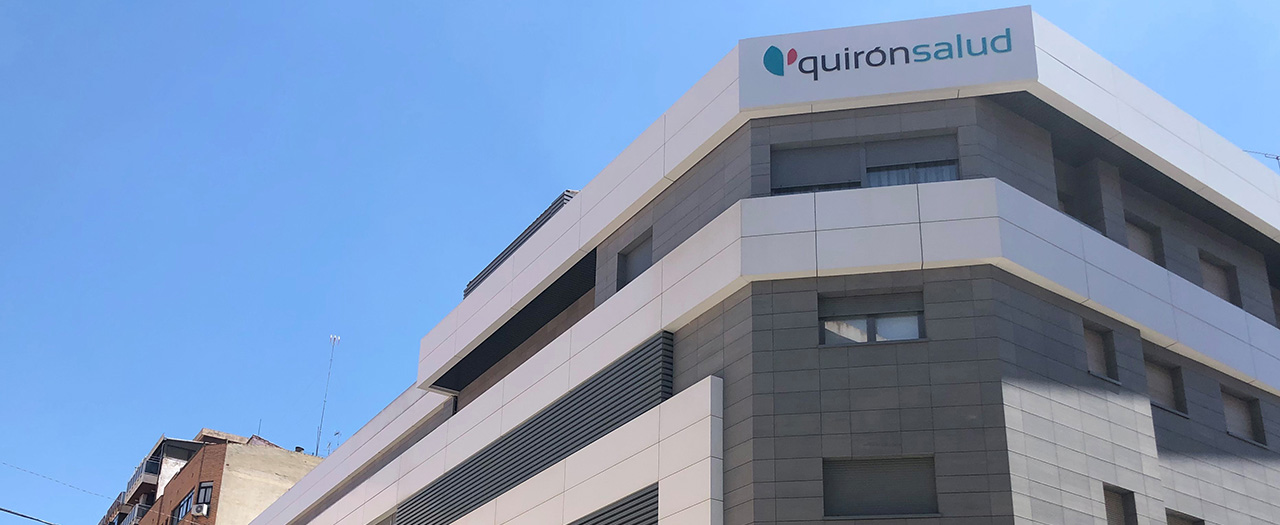Cardiac SPECT
In cardiac SPECT, a low dose of radioactive substance is injected to obtain accurate images of the heart’s function and morphology. It is a non-invasive diagnostic test that detects areas where the tissue is damaged.

General Description
Cardiac SPECT is a nuclear medicine test that allows visualization of the structure and function of the heart. To obtain these images, a drug with a small dose of radioactive substance (radioisotope or radiotracer) is used. The tissues absorb it and emit gamma rays, which are collected by a specialized device (gamma camera) and displayed on a computer.
The radioisotope administered varies depending on the patient's symptoms, i.e., based on what disease is suspected. In most cases, the solution used contains technetium sestamibi or thallium.
Cells with greater activity absorb more radioisotope and allow the detection of damaged tissues or areas that do not receive an adequate blood supply. This makes it particularly useful for diagnosing blood flow alterations or problems with heart muscle function.
When is it indicated?
Cardiac SPECT is a procedure typically used for the early detection of heart diseases. It helps determine the origin of chest pain for which no explanation has been found, as well as diagnosing coronary artery narrowing or congenital malformations. Furthermore, when performed after a heart attack, it helps define the extent of the damage to the heart and check if any area is not receiving enough blood supply.
This technique is also used to monitor certain conditions, evaluate the state of coronary arteries, and check the progress of patients after treatment or surgery, such as coronary bypass.
How is it performed?
Cardiac SPECT can be performed at rest or after physical exertion. Often, both procedures are done (cardiac perfusion SPECT) to compare results and determine if a condition is surgically reversible.
In both cases, the radiotracer is administered intravenously, usually in the arm. For rest SPECT, the patient lies on a table while the gamma camera, shaped like a tube, rotates around the chest to capture images from various angles. In the stress SPECT, the same procedure is followed after the patient exercises on a treadmill or stationary bike.
Risks
Cardiac SPECT poses no health risks, as the radiation used is very low. It is rare for an allergy to the radiotracer to develop, and if it does, it is usually mild (itching and redness in the affected area).
However, the radioisotope can be harmful to fetal development, so SPECT is not recommended for pregnant women. Additionally, nursing mothers are advised to discard milk produced in the 48 hours following the test.
What to expect from a cardiac SPECT
Cardiac SPECT is an outpatient procedure, and normal activities can be resumed afterward without the need for hospitalization. On the day of the test, it is necessary to sign an informed consent form.
Although it is a painless technique, mild discomfort may be felt when the radiotracer is injected. As the substance travels up the arm, a sensation of heat or cold may be felt, which quickly disappears once the substance reaches the arm. Afterward, some waiting time is required for the drug to reach all the heart's tissues.
For cardiac SPECT, the patient lies on a table wearing a gown provided by the medical center and without metallic objects. It is possible that, before the test, the patient may have had to exercise for a few minutes in a different room.
The procedure usually lasts between 15 and 45 minutes. The specialist will provide the results during a consultation a few days later.
Specialties that request a cardiac SPECT
Cardiologists, angiologists, or cardiothoracic surgeons are the specialists who typically request a cardiac SPECT from nuclear medicine doctors.
How to prepare
Before undergoing a cardiac perfusion SPECT, fasting for at least six hours is necessary. The specialist will indicate whether regular medications should be suspended beforehand.
Comfortable clothing is recommended, especially for exercise tests.
Drinking plenty of liquids on the day of the test helps eliminate the drug more quickly.






